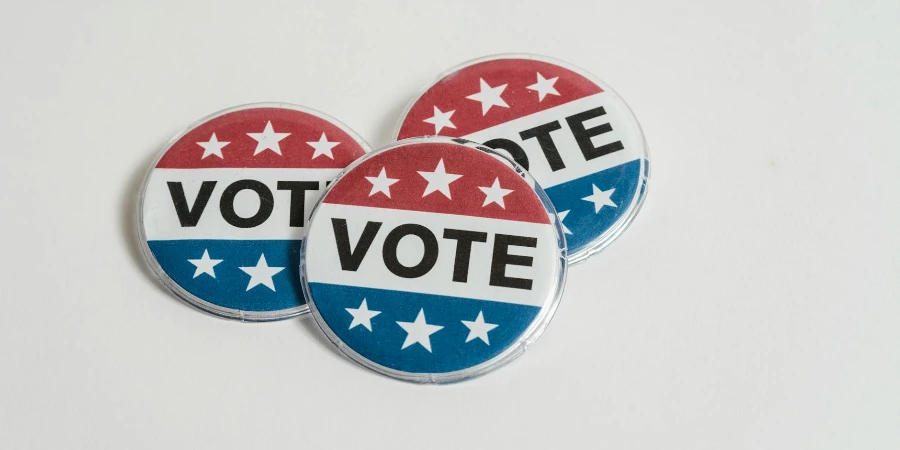Badges have become a significant trend in the apparel and accessory industry, offering a unique way to express individuality, brand identity, and cultural heritage. From embroidered patches to modern PVC badges, these small yet impactful accessories are making a big statement in fashion.
Table of Contents:
– Market Overview
– Types and Styles of Badges
– Design and Aesthetics
– Materials and Fabrics
– Cultural and Heritage Influences
Market Overview
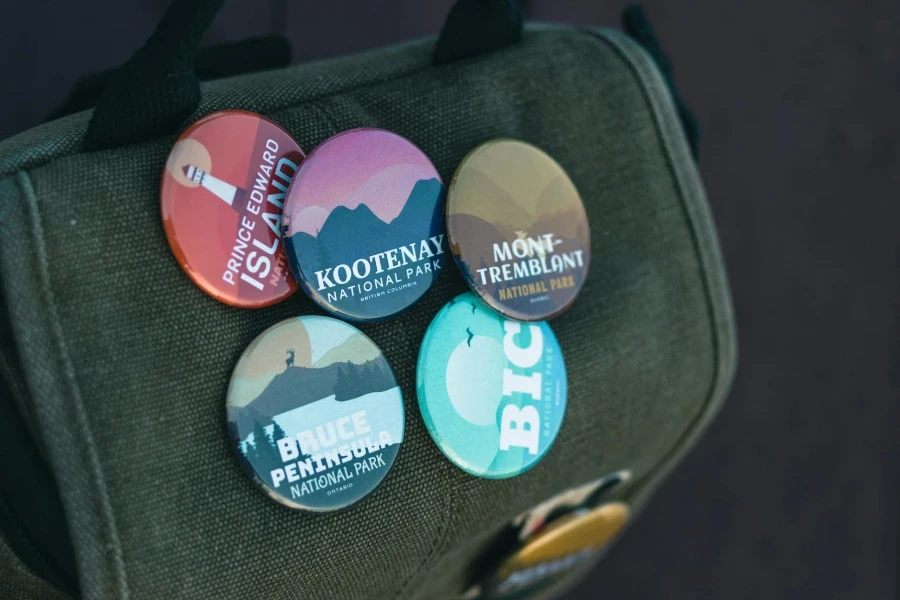
The Growing Demand for Badges in the Apparel and Accessory Industry
The global market for badges, particularly smart badges, has seen substantial growth in recent years. According to a report by Research and Markets, the smart badge market is projected to grow from $25.84 billion in 2023 to $28.36 billion in 2024, at a compound annual growth rate (CAGR) of 9.8%. This growth is driven by various factors, including the increasing emphasis on corporate identity and branding, the demand for contactless access solutions, and the adoption of badges in event management and the hospitality industry.
The apparel and accessory industry has embraced badges as a versatile and fashionable element. Badges are not only used for branding and identification but also as a means of personal expression. The trend towards customization and personalization has further fueled the demand for unique and bespoke badge designs.
Key Market Players and Their Influence
Several key players dominate the badge market, each contributing to its growth and innovation. Companies like Thales CPL SAS, ASSA ABLOY AB, Brady Corporation, and IDEMIA Identity & Security USA LLC are at the forefront of the smart badge market. These companies are investing heavily in research and development to introduce innovative products that cater to the evolving needs of consumers.
For instance, Brady Corporation, a US-based company, reported a significant increase in sales for its Integrated Delivery System (IDS) segment, which includes high-performance industrial and healthcare products. This surge, accounting for 73.5% of sales, highlights the growing demand for smart badges in various sectors, including government and healthcare.
Technological advancements are also playing a crucial role in shaping the badge market. Companies like Satellite Displays and PJSC Sberbank are developing smart badges with advanced features such as speech analytics and real-time location tracking. These innovations are enhancing the functionality and appeal of badges, making them indispensable in modern applications.
Regional Trends and Preferences
The badge market exhibits distinct regional trends and preferences. North America, for instance, was the largest region in the smart badge market share in 2023. The region’s strong emphasis on corporate identity, security, and technological adoption has driven the demand for badges.
In contrast, the Asia-Pacific region is expected to witness rapid growth in the coming years. Countries like China and India are embracing badges for various applications, from corporate environments to retail and hospitality. According to Research and Markets, the smart badge market in China is forecasted to grow at an impressive 7.1% CAGR to reach $7.4 billion by 2030.
Europe also presents significant opportunities for the badge market, with countries like Germany and the UK leading the way in adopting innovative badge solutions. The region’s focus on sustainability and eco-friendly designs is driving the demand for badges made from sustainable materials.
Types and Styles of Badges
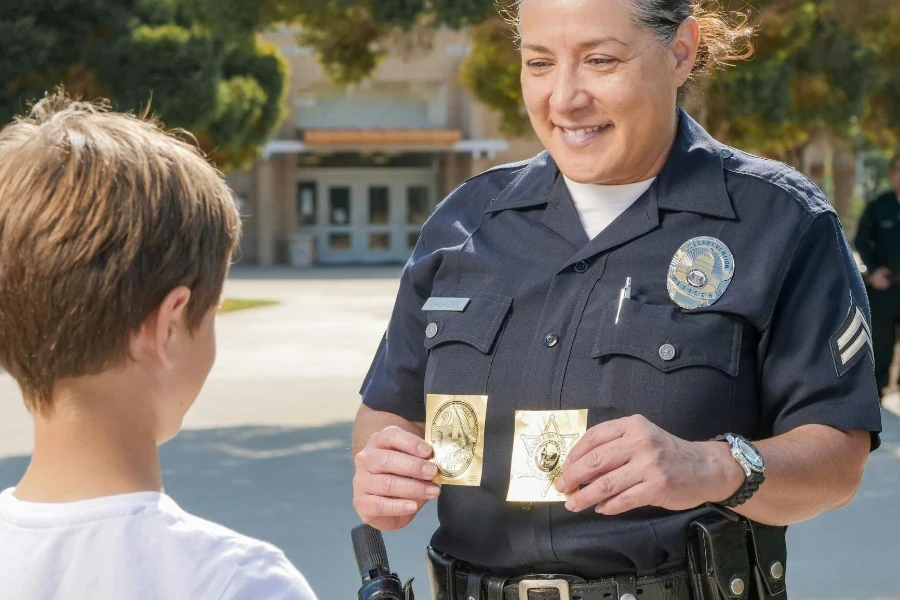
Embroidered Badges: Classic and Timeless
Embroidered badges have long been a staple in the world of apparel and accessories. Their classic and timeless appeal lies in the intricate stitching that creates detailed designs, often with a raised texture that adds depth and dimension. These badges are typically made using threads of various colors, which are stitched onto a fabric backing. The durability and versatility of embroidered badges make them suitable for a wide range of applications, from uniforms and sportswear to fashion items and promotional merchandise. According to WGSN, the trend of incorporating embroidered elements into apparel continues to grow, with a focus on rustic embroidery and tactile materials like statement crochet and lace.
Enamel Badges: Vibrant and Durable
Enamel badges are known for their vibrant colors and durability. These badges are created by filling recessed areas of a metal base with enamel paint, which is then baked to harden the surface. The result is a smooth, glossy finish that is resistant to wear and tear. Enamel badges are popular for their ability to capture intricate designs and bold colors, making them ideal for branding, promotional events, and collectible items. The resurgence of enamel badges can be attributed to their nostalgic appeal and the growing interest in retro and vintage aesthetics.
Woven Badges: Detailed and Versatile
Woven badges offer a high level of detail and versatility, making them a popular choice for various applications. Unlike embroidered badges, woven badges are created using a loom, which allows for more intricate designs and finer details. The use of thinner threads results in a smooth, flat surface that is ideal for logos, text, and detailed images. Woven badges are often used in fashion, sportswear, and corporate branding due to their ability to replicate complex designs with precision.
PVC Badges: Modern and Resilient
PVC badges are a modern and resilient option for those seeking durable and weather-resistant badges. Made from polyvinyl chloride, these badges are flexible, waterproof, and resistant to fading and cracking. PVC badges can be molded into various shapes and sizes, allowing for creative and unique designs. They are commonly used in outdoor gear, military uniforms, and promotional products. The rise of PVC badges can be linked to the increasing demand for durable and long-lasting materials in the apparel and accessory industry.
Design and Aesthetics
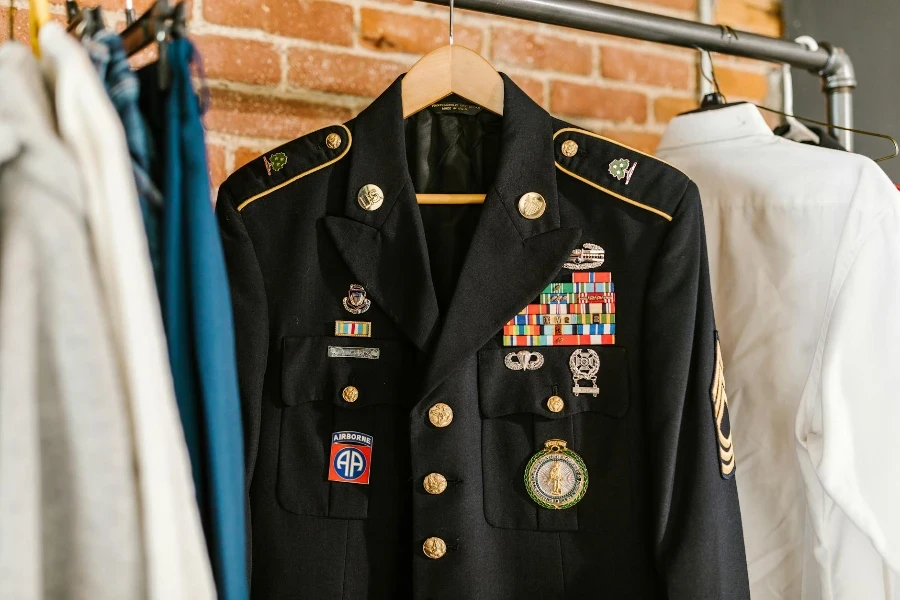
Customization: Personalizing Badges for Unique Appeal
Customization is a key trend in the badge industry, allowing individuals and brands to create unique and personalized designs. Custom badges can be tailored to specific preferences, including colors, shapes, sizes, and materials. This trend is driven by the desire for individuality and self-expression, as well as the need for brands to differentiate themselves in a competitive market.
Color Trends: Popular Hues and Combinations
Color trends play a significant role in the design and appeal of badges. Popular hues and combinations can vary depending on the season and target audience. For example, the #CircusAct trend, which emerged on A/W 24 runways and is forecasted to continue for A/W 25/26, features classic and nostalgic circus foods like popcorn, hotdogs, and ice cream in vibrant and playful colors. This trend caters to consumers’ desire for joy and escapism, the use of bright, clashing colors and recycled sparkle threads in embroidery details is gaining popularity, adding a playful and eye-catching element to badge designs.
Patterns and Textures: Adding Depth and Interest
Patterns and textures are essential elements in badge design, adding depth and interest to the final product. The use of tactile patches, appliqués, and fabric manipulation techniques can elevate basic items and create a more crafted and artisanal look. The trend of incorporating tactile elements and low-key branding techniques is on the rise, with a focus on subtle yet tangible ways to reintroduce branding and patterns. This approach aligns with the growing interest in low-key luxury and the preference for plains over bold prints and graphics.
Materials and Fabrics
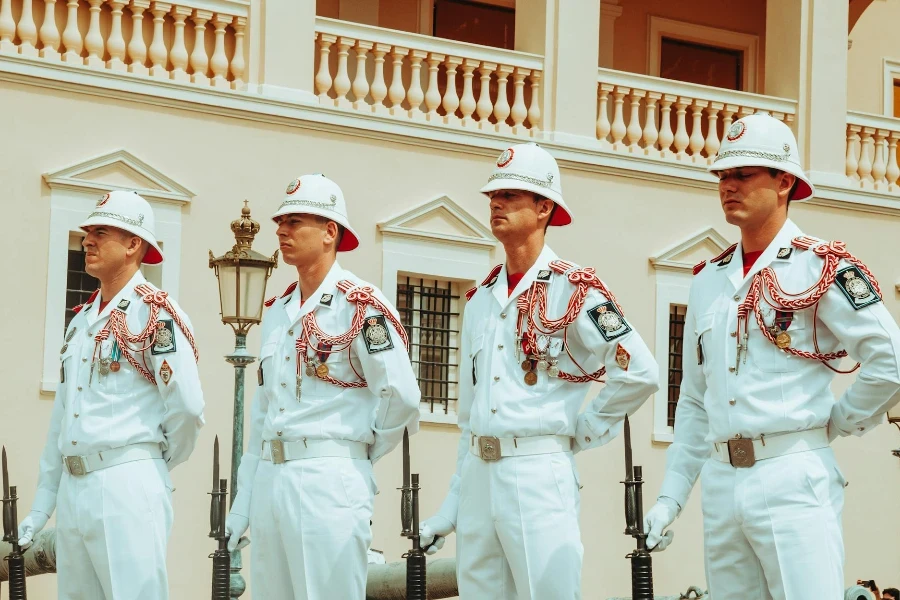
Traditional Materials: Cotton, Wool, and Felt
Traditional materials like cotton, wool, and felt have long been used in the production of badges due to their durability and versatility. Cotton is a popular choice for its softness and breathability, making it ideal for embroidered and woven badges. Wool offers a luxurious and textured feel, often used in high-end and heritage-inspired badges. Felt, with its dense and sturdy structure, is commonly used for patches and appliqués. These materials provide a timeless and classic appeal, suitable for various applications in the apparel and accessory industry.
Innovative Materials: Sustainable and Eco-friendly Options
The growing emphasis on sustainability and eco-friendly practices has led to the development of innovative materials for badge production. Sustainable options such as recycled polyester, organic cotton, and biodegradable fabrics are gaining popularity. The use of better-for-the-environment or biodegradable fabrics, like bio-based stretch options made from castor beans or natural fibers like hemp, is becoming more prevalent. These materials not only reduce the environmental impact but also cater to the increasing demand for sustainable and ethical products.
The Role of Fabric in Badge Durability and Appearance
The choice of fabric plays a crucial role in the durability and appearance of badges. High-quality fabrics ensure that badges maintain their shape, color, and texture over time, even with frequent use and washing. The use of durable materials like PVC and high-density woven fabrics can enhance the longevity of badges, making them suitable for outdoor and heavy-duty applications. Additionally, the incorporation of innovative materials and techniques, such as digital printing and faux jewels, can offer a more sustainable alternative to traditional embellishments.
Cultural and Heritage Influences
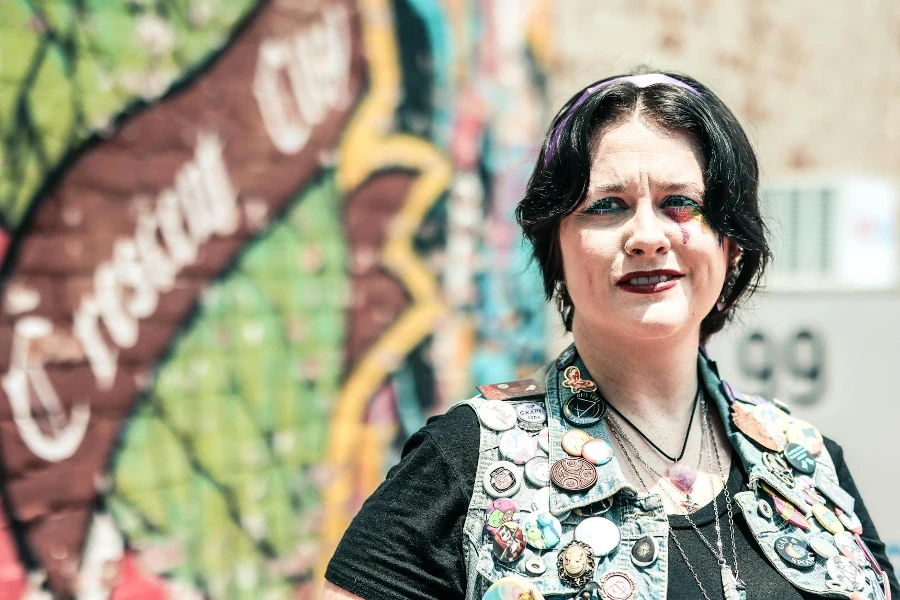
Badges as Symbols of Identity and Belonging
Badges have long been used as symbols of identity and belonging, representing affiliations, achievements, and cultural heritage. From military insignias to scout badges, these symbols carry significant meaning and pride. The use of badges to convey identity and belonging continues to be relevant in modern times, with brands and organizations leveraging this symbolism to create a sense of community and loyalty among their audience. The trend of using badges and patches to reference cultural patterns and storytelling is gaining momentum, particularly in the young market.
The Impact of Cultural Trends on Badge Design
Cultural trends have a profound impact on badge design, influencing the themes, colors, and motifs used. For example, the resurgence of Western looks and the growing interest in country music and rural living have led to the popularity of horse and cowboy motifs in badge designs. This trend, known as #CowboyCore, has seen a significant increase in views on social media platforms like TikTok. Similarly, the #Jewellerification trend, which incorporates jewelry motifs and embellishments into apparel and accessories, has influenced the design of badges, adding a touch of glamour and sophistication.
Heritage-Inspired Badges: Celebrating History and Tradition
Heritage-inspired badges celebrate history and tradition, often drawing from classic and nostalgic elements. These badges pay homage to cultural heritage and historical events, creating a sense of connection and continuity. The use of heritage-inspired designs can be seen in various applications, from fashion and sportswear to corporate branding and promotional merchandise. The trend of reworking classic prints with key icons and echoing the craft movement via tactile patches and appliqués is gaining popularity, offering a modern twist on traditional designs.
Conclusion
The world of badges is rich with diversity, from classic embroidered and enamel badges to modern PVC and woven options. The evolving trends in design, materials, and cultural influences continue to shape the industry, offering endless possibilities for creativity and innovation. As we look to the future, the emphasis on sustainability, personalization, and heritage-inspired designs will likely drive the development of new and exciting badge styles. Embracing these trends will not only enhance the appeal of badges but also ensure their relevance in the ever-changing landscape of the apparel and accessory industry.
